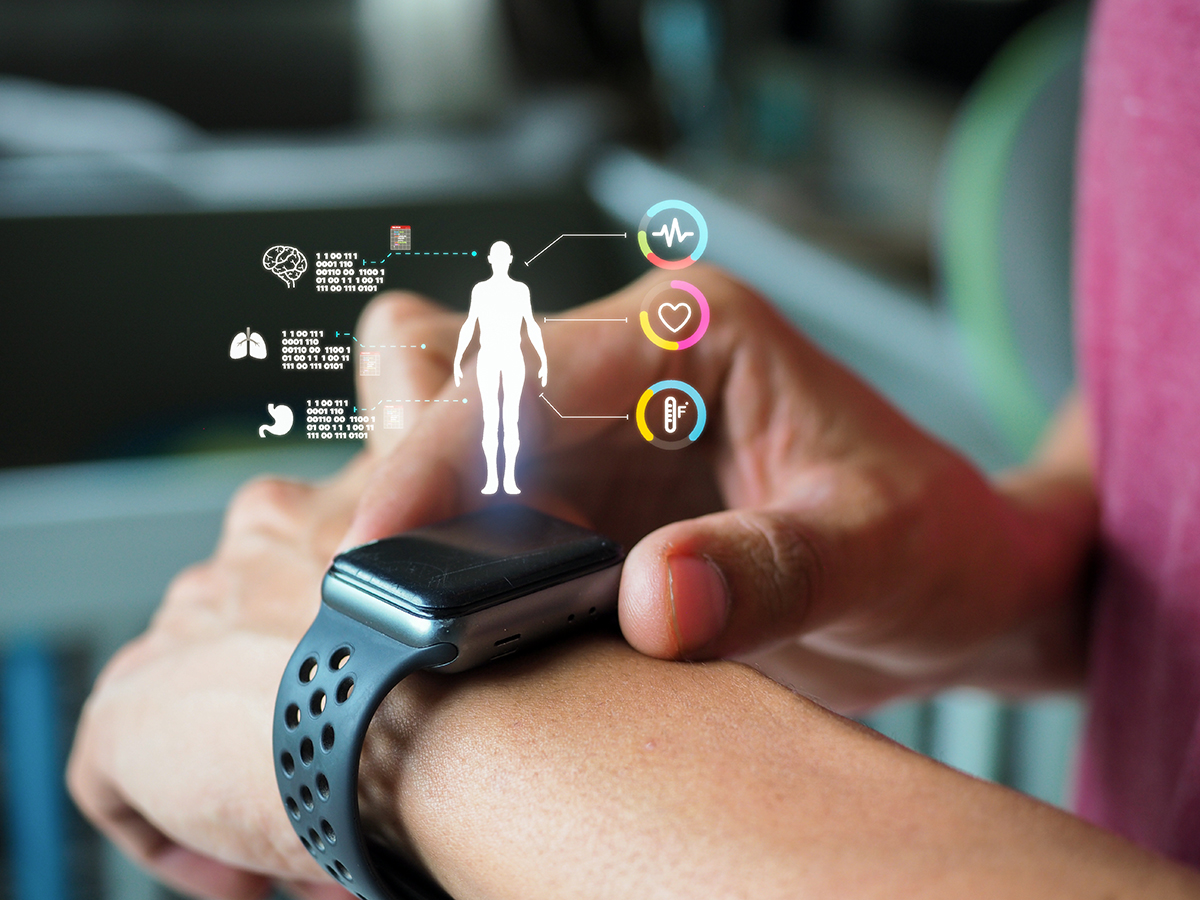
How Healthcare Payers Can Utilize Digital Front Doors to Enhance Member Experience

The digital front door is a unified digital experience that empowers individuals to take an active role in managing their health. Shrinking reimbursement and growing out-of-pocket costs mean members are taking more of an active role in the choices that guide their care. A single, consolidated, easy to access member engagement platform that guides the member through their healthcare journey is a necessity in this post-pandemic virtual healthcare world.
In healthcare, digital front doors are a critical component of payers increasing engagement with their members. It is not just a portal for self-service, but rather an omnichannel experience focused on enabling the care community with a consolidated, service-based, and highly personalized model. To reduce the overall cost of care and to provide access to the best possible care to their members, insurance companies today must adopt the right-fit technology and commit to continuously improving the member experience at every touchpoint. Payers must engage with their members through the channel they prefer, with the objective to proactively engage with them, use the power of data to make actionable recommendations, and provide resolutions in the very first interaction.
This article explores various ways in which healthcare payers can utilize digital front doors to increase member engagement, from online member portals and mobile applications to secure messaging and support.
Digital Front Doors that Help Payers Increase Member Engagement
Healthcare payers can leverage digital front doors to enhance member engagement by providing convenient and personalized access to healthcare resources and services. Here are several ways in which healthcare payers can utilize them to increase member engagement:
Unified View of Members: While the mission of healthcare providers and services has always been to promote and support their patients’ well-being, they face many challenges in following through on that promise. Sprawling healthcare systems — comprising physicians, nurses, hospitals, clinics, pharmacies, labs, insurers, claim adjudicators, TPAs, and more — haven’t always developed effective means of communicating and sharing data among their disparate components. This has produced widespread fragmentation of patient data and a lack of comprehensive patient profiles. Because having a holistic, 360-degree view of a member’s health information and history is integral to delivering the highest quality of patient care, the lack of these comprehensive profiles can lead to degraded health outcomes.
Member Portals: Payers can offer user-friendly online member portals where members can securely access their health insurance information, view claims, check eligibility, and manage their coverage. These portals can also provide educational resources, preventive care reminders, and personalized health recommendations, empowering members to take an active role in their healthcare.
Mobile Applications: Members today expect to be in full control over their health information, that is also accessible from anywhere at any time. Moreover, the younger population does not prefer to engage in lengthy phone calls with member service reps. Instead, they prefer intuitive guided experience on a mobile device, extendible to chat-based messaging. Developing mobile applications allows payers to extend their digital front doors to smartphones and tablets. Mobile apps can offer features such as appointment scheduling, medication reminders, health trackers, and access to telemedicine services. These convenient tools enable members to engage with their healthcare on-the-go, enhancing accessibility and engagement.
Secure Messaging and Support: Any organization dealing with health information must stay vigilant against attacks and breaches by putting in place data protection measures. Implementing the right security protocols is not only crucial to keeping patient records secure, but also mandatory to stay compliant with regulatory mandates like HIPAA, GDPR, etc. Digital front doors must facilitate secure messaging and communication channels between members and payer representatives, such as customer service agents or care coordinators.
Improving Digital User Experience
With so many touchpoints available to members, healthcare payers must make every attempt to create a seamless experience through the medium of their choice. Enhancing UX design is a great way to make this happen. Here are a few methods for elevating the digital user experience to increase member satisfaction, engagement, and loyalty:
Intuitive Design: Payers should prioritize a design that is intuitive and easy to navigate. Clear and concise navigations, logical information architecture, and a guided and intuitive interface contribute to a positive outcome. Employing human-centered design principles, conducting usability testing, and gathering feedback from members can help drive adoption of the digital platforms. Over time, this will reduce the total cost of operations and bring efficiency by deflecting simple repetitive tasks and enable them to attend to members with more critical needs.
Personalization and Customization: Offering personalized experiences can significantly enhance member satisfaction. Payers can leverage the power of unified enterprise data on member preferences, demographics, and health history to tailor content, recommendations, and services to individual needs. Providing customizable features allows members to have a more personalized and relevant experience.
Seamless Omnichannel Experience: Users expect consistency and continuity across different channels. Payers should ensure that the digital front door is seamlessly integrated with other touchpoints, such as mobile apps, websites, chatbots or contact centers. Enabling users to start an interaction on one channel and seamlessly transition to another without losing the context can significantly improve their experience.
Mobile Optimization: With the increasing use of smartphones and soaring rates of younger generations avoiding phone calls, payers should prioritize optimizing their digital front doors for mobile devices. Mobile-responsive design ensures that the platform is accessible and functional on various screen sizes, providing a seamless experience for users accessing healthcare services on their smartphones or tablets.
Seamless Integration of Data, Services, and Insights: Various providers and services throughout the healthcare system deploy an increasing number of on-premise systems and SaaS applications, each managing different types of information. It becomes increasingly challenging to create a single 360-degree view of the patient. Outdated and inflexible legacy systems — which are especially difficult to integrate — aggravate the problem by preventing efficient data-sharing and creating data silos that isolate important patient information.
Because of these challenges, payers can enhance the user experience by integrating third-party services that add value to the digital front door. This may include integrating electronic health records (EHRs), appointment scheduling systems, telehealth platforms, or wearable devices. Seamlessly incorporating these services into the payer’s digital platform eliminates the need for users to navigate multiple systems, improving convenience and usability.
Clear Communication and Education: Transparent and effective communication is crucial for a positive encounter. Payers should provide clear instructions, explanations, and educational resources to help users understand the available services, benefits, and how to navigate the digital front door. Proactive communication about new features, updates, and system maintenance helps manage user expectations and minimize frustrations.
Continuous Improvement and User Feedback: Payers should actively seek user feedback and monitor user behavior to identify areas for improvement. Implementing feedback mechanisms, conducting user surveys, or utilizing user analytics can provide valuable insights into user preferences, pain points, and areas of dissatisfaction. Regularly incorporating user feedback into the development and refinement of the digital front door ensures continuous improvement and an evolving user experience.
Increasing Member Engagement with Digital Front Doors
In an era where technology plays a vital role in healthcare, digital front doors serve as a gateway for payers to enhance engagement, promote better health outcomes, and build lasting member relationships. They have emerged as powerful tools for healthcare payers to increase member engagement and deliver a personalized and convenient healthcare experience. By leveraging online member portals, mobile applications, and secure messaging channels, payers can empower members to access essential resources with ease. Furthermore, improving the omnichannel digital experience through intuitive design, personalization, seamless integration, mobile optimization, seamless integration of data, and clear communication contributes to enhanced member satisfaction and loyalty. By leveraging these solutions and prioritizing the user experience, healthcare payers can create a more accessible, personalized, and member-centric healthcare landscape that ultimately improves the well-being of their members.
Apexon’s digital health expertise helps organizations with their toughest digital health challenges. We apply a digital first approach across the healthcare spectrum, integrating and tuning new digital capabilities with existing IT infrastructure. To learn more, check out Apexon’s Digital Healthcare Software Solutions & Technology services page or get in touch directly using the form below.




